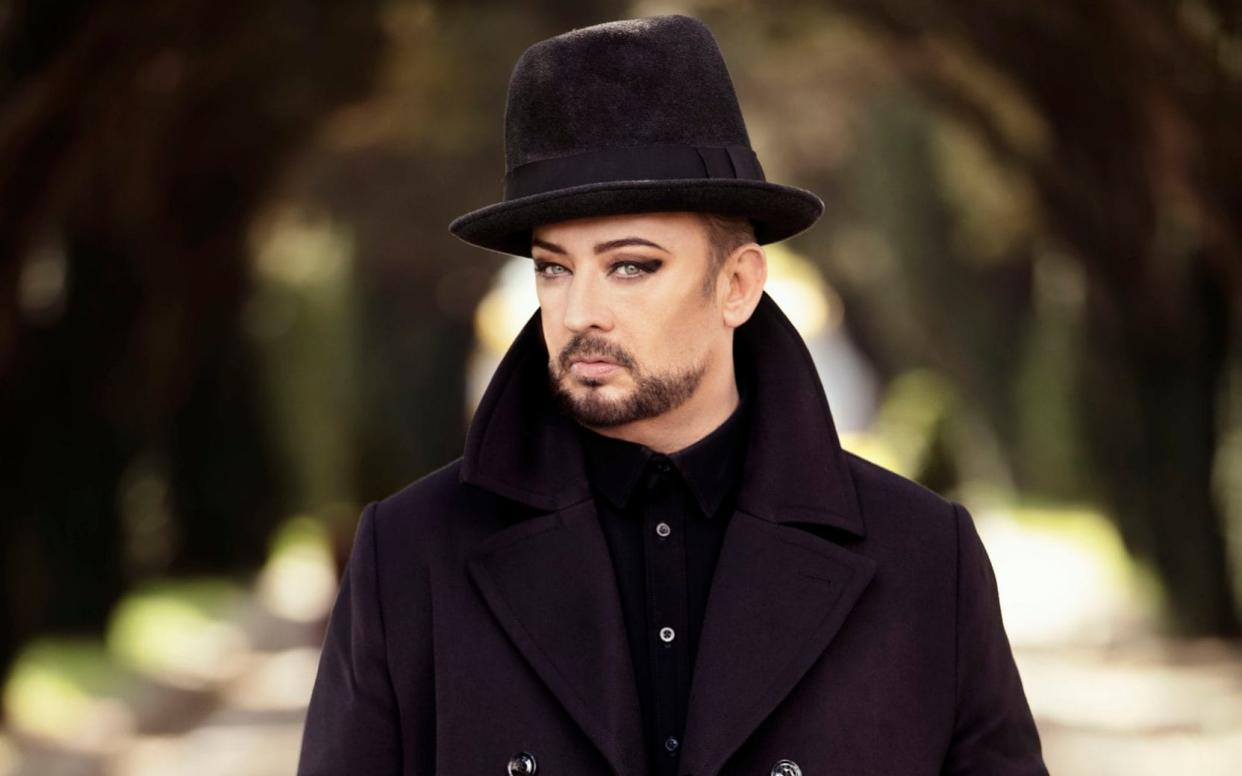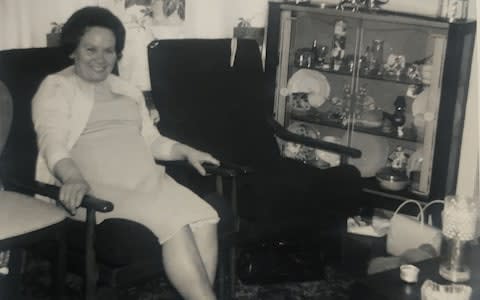Who Do You Think You Are? Boy George brings a light touch to the horror story of his Irish family history – review

Admit it: one of the biggest pleasures of BBC One’s Who Do You Think You Are? is watching an otherwise confident, composed celebrity become incongruously tearful. The format breeds emotive authenticity, and on a similar principle, Boy George was a good choice. How touching to see the mascara-daubed figurehead of the New Romantics pop over to his mother’s, give her a hug, and make tea. George was endearing and honest, but he was also unafraid to lighten the tone with quips. Most importantly, though, he had a good family story.
George had already known that his maternal grandmother, Bridget, was six years old when she was taken in by an industrial convent school in 1919. She had been found wandering the streets of Dublin alone, the tale went, but a historian found that she had in fact been snatched by NSPCC inspectors, whose overzealous attempts to rescue infants from poverty earned them the nickname of “the cruelty men”.

The search for more information burped up horror after horror: first the snatching, then the vileness of the nuns’ treatment of the schoolchildren, then the hideousness of the poverty that Bridget had been taken from. The street where she was taken has changed so much that it wasn’t worth filming there, but, as we learned later in the show, the building in which Bridget had lived is still preserved as a tenement museum. It was a stroke of ghoulish luck that we were able to see the cramped, dark room where the family had lived.
George’s late father, Gerry O’Dowd, who was volatile and abusive, featured heavily in Cry Salty Tears, the memoir written by Dinah, George’s mother. It would have been interesting to learn about his background, but the show stuck to George’s maternal side where there was more heartbreak, notably in George’s great-uncle, Thomas Bryan. A republican, he had married Bridget’s sister, but was executed four months later for his involvement with a precursor to the IRA. We saw the poignant letter that he wrote from death row to his father-in-law, signed off with a heart-piercing “Cheerio”.
It was stark, sad stuff, but there was levity too. Shown a picture of a small boy whose family were so poor they had nothing but a dress to clothe him in, George quipped, “That would have been me!” The crying game seemed a little less bleak.

